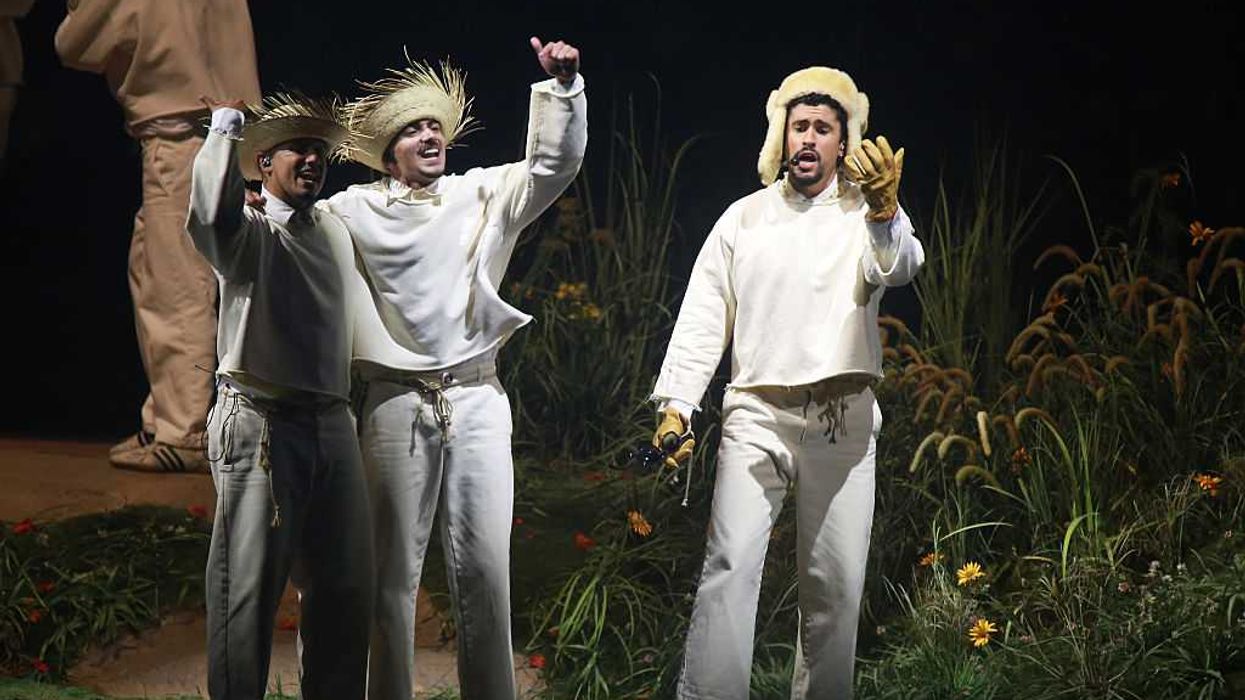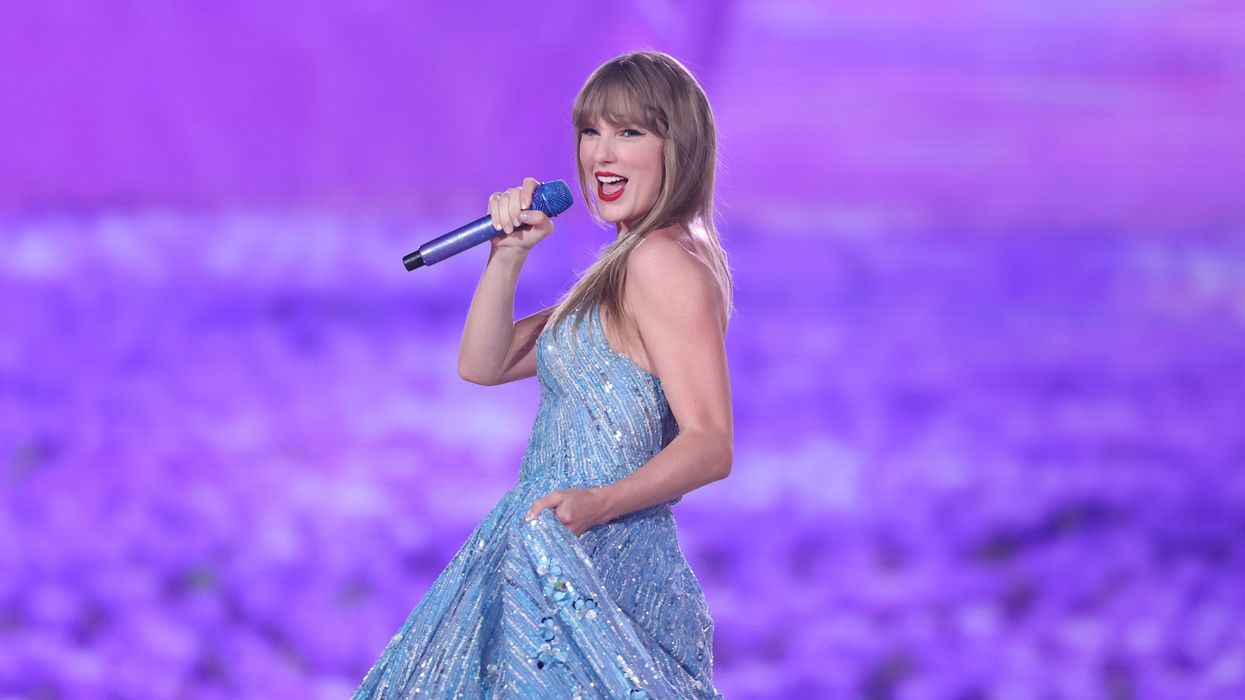As Bad Bunny prepares to take the Super Bowl stage in February 2026—and grassroots rallies in his honor unfold across U.S. cities this October—we are witnessing a cultural moment that echoes the artist-led protests of the 1960s and 70s. His decision to exclude U.S. tour dates over fears of ICE raids is generating considerable anger amongst his following, as well as support from MAGA supporters. The Trump administration views his lyrics and his fashion as threats. As the story unfolds, it is increasingly becoming a political narrative rather than just entertainment news.
Music has long been a part of the American political scene. In 1969, Crosby, Stills, Nash & Young released “Ohio,” a response to the Kent State shootings that galvanized antiwar sentiment.
And during the Civil Rights Movement of the 1960s, Joan Baez and Bob Dylan sang at civil rights marches that ignited a movement.
John Lennon’s “Give Peace a Chance” became a chant for Vietnam War protesters.
These artists were music superstars who not only performed but also influenced the world. They spoke to the social and political issues of the time.
Bad Bunny’s rallies—like the upcoming “Reggaetón Resiste” on Oct. 12 in Los Angeles and “Barrio Beats for Benito” in Chicago on Oct. 26—are not unlike the teach-ins and park concerts of that earlier era. They blend art and activism, mobilizing fans not just to dance but to vote, to speak, to protect one another. His lyrics, often unapologetically Spanish and politically charged, are now being recited at candlelight vigils and voter registration drives.
This moment also evokes memories of Bruce Springsteen’s Land of Hope and Dreams tour in Europe earlier this year. On May 14 in Manchester, Springsteen denounced the Trump administration as “corrupt, incompetent, and treasonous,” urging the crowd to stand against authoritarianism. His remarks were met with thunderous applause. “In America,” he warned, “they are persecuting people for using their right to free speech… the richest men are taking satisfaction in abandoning the world’s poorest children to sickness and death.”
Springsteen’s words reverberated across Europe, and so did the backlash. President Trump responded on Truth Social with personal insults and baseless accusations, even claiming that Kamala Harris had paid Springsteen, Beyoncé, and Bono to appear at campaign events. The attacks weren’t just political—they were cultural, aimed at silencing dissent and punishing artists who dared to speak truth to power.
But history is on the side of the artists. From Show Boat to Hair, from Nina Simone to Public Enemy, from the Harlem Renaissance to Banksy’s walls—art has always been a mirror and a megaphone. It reflects our deepest wounds and amplifies our highest aspirations.
Today, Bad Bunny joins that lineage. His Super Bowl performance will not be just a halftime show—it will be a cultural reckoning. And the rallies leading up to it are more than fan gatherings; they are declarations of belonging, resistance, and hope.
This is not the first time music has helped us confront our divisions. In an interview about Hamilton, Lin-Manuel Miranda reminded us that “the biggest heroes of our revolutionary war for independence were a Scotsman from the West Indies, named Alexander Hamilton; a Frenchman, named Lafayette; and a gay German, named Friedrich von Steuben.” Immigrants, he said, “have been present and necessary since the founding of our country.” And the political fights we face today? “We already had [them] 200-some odd years ago.”
Hamilton doesn’t just retell history—it reframes it. It reflects the daily struggle we witness in our country today, a struggle over the divisions separating us as a people. We take sides, blame others, and treat each other without love or empathy. But how effective could we be if we took a stand for the health of our national family?
We must embrace our diversity as the operating system of our nation. Despite our many frailties, America is exceptional because, from the outset, its citizens saw themselves as participants in an experiment that would have implications for all of humanity. Our task is far from complete.
Hamiltunes has engaged millions of young Americans and remains a powerful tool in activating civic imagination. So, too, does Bad Bunny’s music, Springsteen’s defiance, and the rallies rising in their wake. These artists are not just performers—they are stewards of our democratic soul.
Now is the time to heed the Call for Democracy to convene a modern-day We Are the World, not as a partisan gesture but as a universal affirmation of liberty.
If not now, when !!!!!
Imagine artists across genres—pop, country, hip-hop, rock—raising their voices in defense of democratic values. Imagine a movement that transcends politics and resonates with the nation’s soul.
As Springsteen said in England: “Tonight, we ask all who believe in democracy and the best of our American experiment to rise with us, raise your voices against authoritarianism, and let freedom ring.”
So today, borrowing the words from Hamilton’s “The Story of Tonight”: Let’s have another round tonight—for freedom, for music, for the America we still believe in.
David Nevins is the publisher of The Fulcrum and co-founder and board chairman of the Bridge Alliance Education Fund.


















